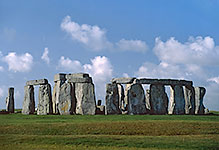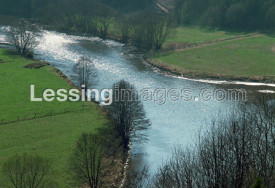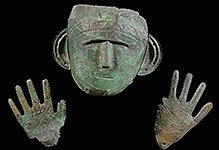
Prehistory
Palaeolithic, Neolithic, Bronze Age and Iron Age.

#03030340
Phallic figurine, Natufian, c8005-c7996 BC. The natural shape of a calcite cobbl...

#03030341
The Mold gold cape, Bronze Age, c1900-c1600 BC. The cape is one of the finest ex...

#03030342
Rock painting of hunting a snake or serpent from Zamora, Ecuador

#03030343
The Gouffre at Padirac, Massif Centrale, France. The Cave has a depth of 103 m,...

#03030344
The Gouffre at Padirac, France. "Virgin and Child".

#03030345
Oval chopping tool

#03030346
Saddle quern-stone used for grinding corn. (Quern-stones are a pair of stone too...

#03030347
Arrow heads. Palaeolithic stone age

#03030348
Spearheads, arrows and flints from excarvations at Lisen and Ondranice.

#03030349
Head of ox on stone from Riparo Tagliente, Italy. Palaeolithic stone age

#03030350
Prehistoric stonecarvings at Siega Verde, Salamanca, Spain.

#03030351
Prehistoric stonecarvings at Siega Verde, Salamanca, Spain.




